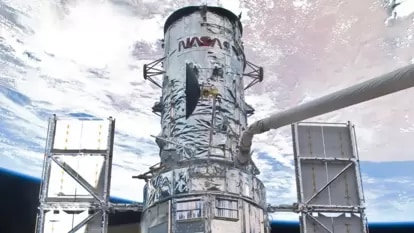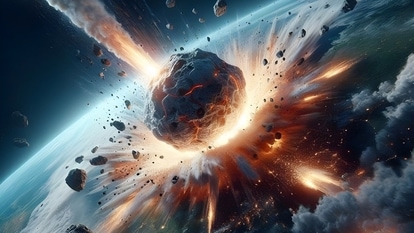Does the Moon have Water? NASA scientist reveals
It can be difficult to know if water is present on the Moon or not. However, a NASA scientist revealed the secret.
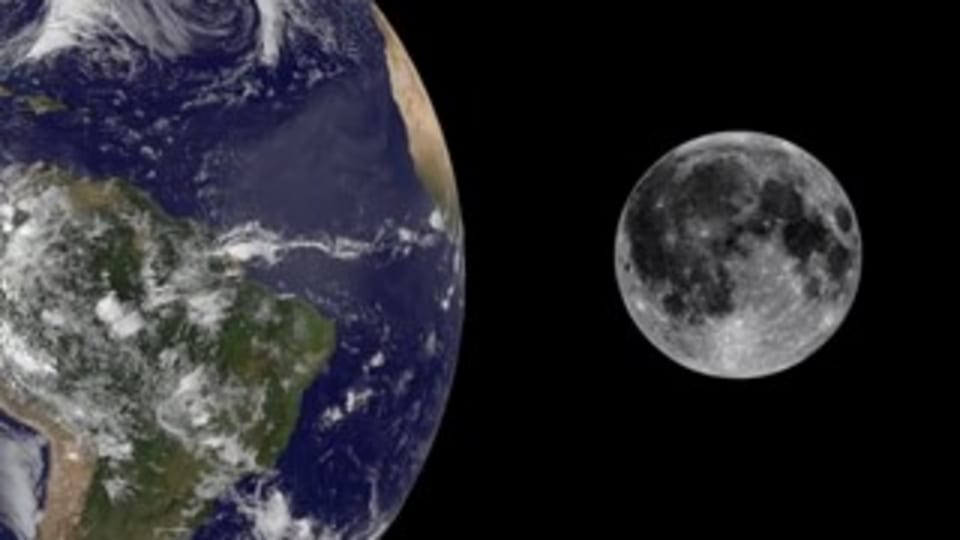
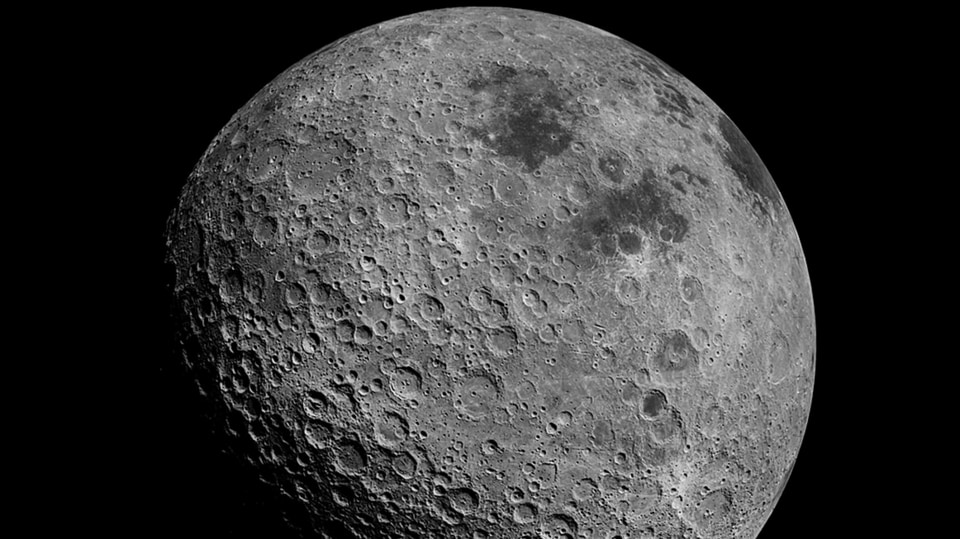
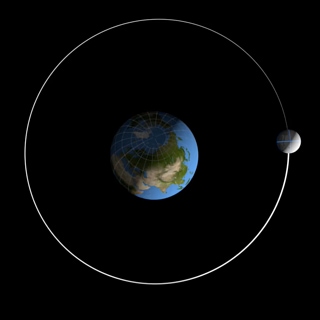
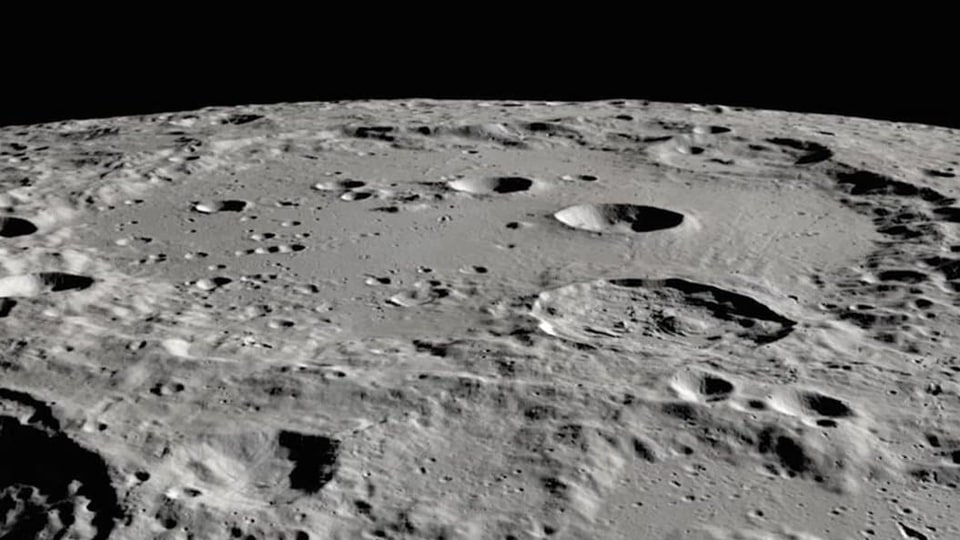
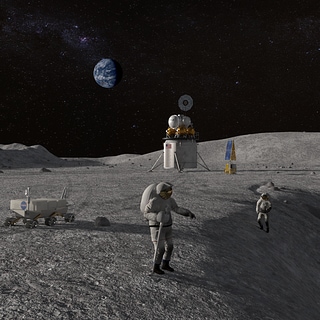
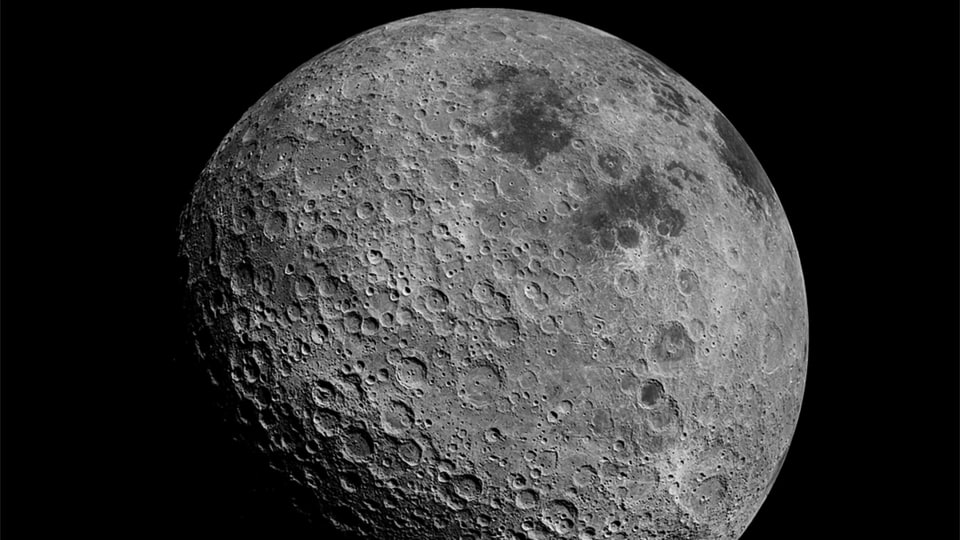
 View all Images
View all ImagesIs there water on the surface of the Moon? This question ignites excitement as it opens up so many possibilities for the human species out there in near space. To answer NASA Moon expert, Casey Honniball answered all the queries. You will be glad to know that the answer is “Yes!” But it is not like we found the presence of water on Earth. Surprisingly, water is available all over the surface of the Moon, but it is available in the form of ice and not pools of liquid water. Some places on the Moon have more water than others.
Moon experts say that at the poles of the Moon are areas that never receive any sunlight, and so they're extremely cold, hence there could be a lot of ice inside them. Don't assume this ice as a pure form of water. The ice inside these regions can be mixed with the lunar soil, buried deep below the surface, or it could be just a sheet of ice. While surfaces on the Moon that do see sunlight experience extreme temperature changes of 300 Celsius, which makes it harder for water to survive. However, the water that remains on the surface is unlike any water available on Earth.
“..One day, future astronauts may be able to harvest this water and use it for drinkable water, breathable oxygen or rocket fuel to take us farther out into our solar system,” Honniball said. Harvesting this water will be critical in the future. Here's when the role of NASA's VIPER comes in.
About NASA's VIPER
NASA's VIPER, short for Volatiles Investigating Polar Exploration Rover, is a mobile robot traveling to the Moon's South Pole to search for ice and other potential resources of water to know where they came from. It could eventually be harvested to sustain human exploration on the Moon, Mars — and beyond. VIPER is also the first resource mapping mission on another celestial body.
The VIPER robot is planned to deliver on the surface of the Moon in late 2024 under NASA's Commercial Lunar Payload Services (CLPS) program.
Catch all the Latest Tech News, Mobile News, Laptop News, Gaming news, Wearables News , How To News, also keep up with us on Whatsapp channel,Twitter, Facebook, Google News, and Instagram. For our latest videos, subscribe to our YouTube channel.




